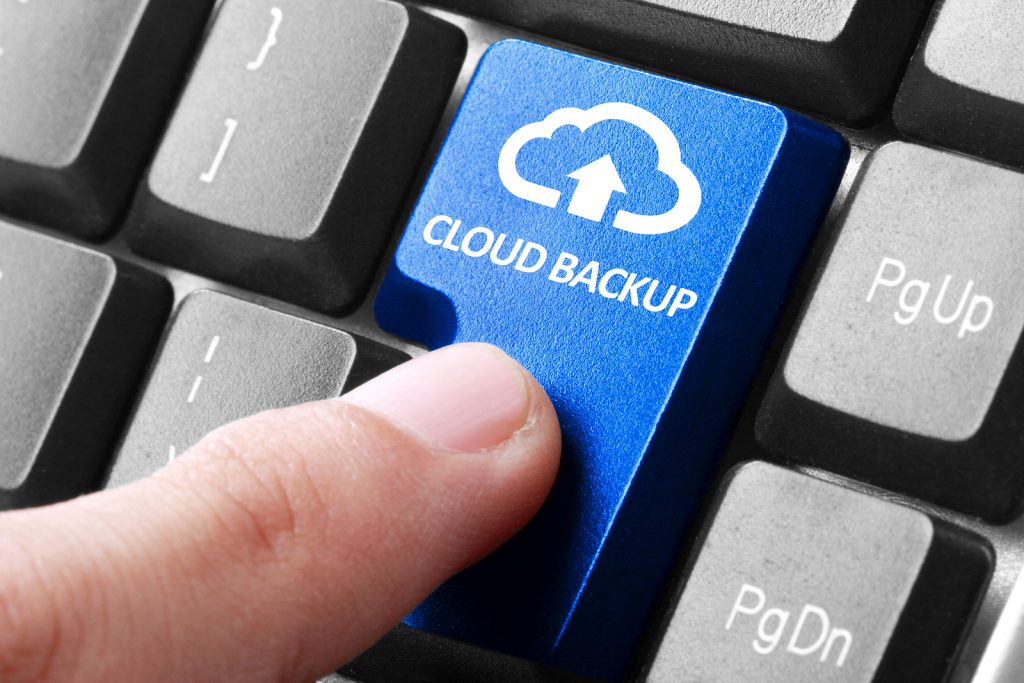Hard drive failure is inevitable. It’s not a matter of when not if. Your computer’s hard drive is only meant to last so long, which is why data backup is recommended and highly encouraged. But maybe you ignored all those who advised backing up your computer’s data, and now you’ve got a dead hard drive on your hands. You need those files from your computer, and you’re not sure how to go about getting them. Where do you go from here?
Determine the Type of Failure
There’s a variety of equipment failures that can occur to stop your computer from functioning properly. In order to determine if the hard drive is indeed the issue, try connecting your hard drive to a different, working computer.
For a PC, the easiest way to do this is through the use of a USB universal drive adapter. If you have a Mac, then you can use a FireWire to connect the non-working Mac to a working one, and then target-boot the non-working Mac.
If your machine’s files appear on the working computer then the operating system, and not the hard drive, is likely your issue. If that’s the case, be sure to offload your important files before disconnecting the computers.

Logical vs. Mechanical Failure
If your files don’t show up on the working computer, then you’ve arrived at an important crossroads. One path is more fixable and more affordable than the other. You must decide how important those files are to you, as the process of fixing your dead hard drive takes a lot of time, a considerable amount of money, and may not produce a desirable end result.
A hard drive crash can be the result of one of two factors: a logical failure or a mechanical failure.
A logical failure means that your computer’s hard drive is not physically damaged, but has been crippled by some outside influence, like a corrupt file system. This renders your computer unable to read or otherwise access the information on its hard drive. However, the good news is, unless they’ve been overwritten, the files still exist on the hard drive and are therefore able to be extracted from it.
The more ominous problem is a mechanical failure. This means that your computer’s dead hard drive is the result of some physical damage it sustained. The damaged part or parts are preventing the hard drive from working correctly. The dreaded “clicking” sound often accompanies a physically damaged hard drive. If you hear this sound, you need to call a professional.
Restoring Data from the Dead Hard Drive
If the hard drive is not physically damaged, you may still be able to get the data off of it. Download some hard drive recovery software. Research which software makes the most sense for you. Make sure it’s compatible with your operating system (and that it’s PC or Mac compatible). They vary in price as well, so figure out which one is best for you.
Connect the dead hard drive as an external drive to another computer, whether through the USB universal drive adapter or FireWire, as mentioned above. Once connected, run the data recovery software and get your files back.

If you’ve inspected the hard drive and it is damaged, or you hear it making the clicking noise, all hope is not lost. Your data may still be retrievable, however, you’ll have to hire a professional to recover it. The outlook is not necessarily grim. It’s possible for computers to be entirely submerged in water and still have the data on their hard drives recovered. Every situation is different.
It’s not advisable to try to remedy a damaged hard drive on your own. You risk doing further physical damage to the hard drive. If you believe you have a damaged hard drive, consult the professionals at Bay Computing and Consulting Services. We specialize in data backup and recovery for both business and home networks. We also offer complete computer repair services. Feel free to contact us with any questions or concerns.